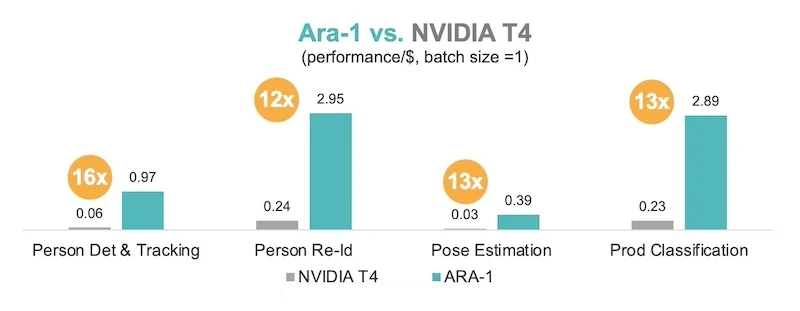Three New Gate Drivers Tailored for Wide-Bandgap Applications
New gate driver circuits address the challenges of wide-bandgap (WBG) semiconductors to help these high-power devices harness their potential.
Wide bandgap (WBG) transistors, such as silicon carbide (SiC) and gallium nitride (GaN) MOSFETs, have gained significant popularity in the power electronics sector. Although these devices offer higher switching frequencies and lower conduction losses than traditional silicon devices, they also pose unique challenges in terms of switching characteristics and transient voltage requirements. To harness the full potential of such devices, a gate driver must be customized to meet specific reliability and efficiency requirements.

New gate driver from Power Integrations.
A wave of new gate drivers from companies including Rohm, Analog Devices, and Power Integrations addresses the challenges of high-speed switching and elevated voltage levels. This article explores a few of these new gate drivers targeting WBG-based applications, such as electric vehicles, renewable energy systems, and industrial power supplies.
Rohm Announces Ultra-High-Speed Gate Driver IC
Rohm recently released a new gate driver IC, the BD2311NVX-LB (datasheet linked), that achieves gate drive nanosecond speeds while suppressing the gate voltage overshoots.
This new IC supports gallium nitride (GaN) devices sensitive to gate input overvoltage because of their relatively low breakdown voltage. The breakdown voltage is the maximum voltage that the gate-source or gate-drain terminals can handle before the device enters a state of electrical breakdown, potentially leading to permanent damage. Exceeding this breakdown voltage can induce high electric fields in the gate oxide layer, leading to device failure. The high electron mobility also makes such devices more susceptible to overvoltage conditions.
.jpg)
Gate voltage waveform comparison.
Rohm's new driver slows the rising time to reduce overshoots and demonstrates high performance at high-frequency power switching applications, including DC-DC and AC-DC converters and LiDAR. Professor Yue-Ming Hsin, Department of Electrical Engineering at National Central University (Taiwan), tested the BD2311NVX for DC-DC converters and found it had a shorter rise time and lower ringing at 1-MHz switching frequency than other driver ICs.
Analog Device Releases 100-V, Half-Bridge GaN Driver
Analog Devices has also introduced a 100-V, half-bridge GaN driver. The LT8418 (datasheet linked) includes independent and TTL-compatible top and bottom driver stages, driver logic control, and protections like under and overvoltage lockout. The logic control allows the designer to configure and control the GaN driver's behavior, optimizing performance for specific applications. It enables current sourcing/sinking with 0.6 Ω pull-up and 0.2 Ω pull-down resistance. Furthermore, it integrates a smart bootstrap switch to generate a balanced bootstrap voltage with a minimum voltage dropout, which is crucial for high-side gate drivers to properly operate.
.jpg)
Typical application of the LT8418 IC.
The LT8418 provides control over the rising and falling slew rate of GaN FETs to suppress ringing and overshoots. In addition, its delay-matching capability makes it suitable for high-frequency DC-DC converters, motor drivers, and class-D audio amplifiers.
Power Integrations' Gate Drivers for 62-mm SiC and IGBT Modules
Power Integrations announced a new family of gate drivers for 62-mm SiC and IGBT modules rated up to 1,700 V with improved protection features. The new gate driver family, 2SP0230T2x0 (datasheet linked), consists of dual-channel, plug-and-play drivers with reinforced isolation for all primary-side signals in two-level, 1,700 V applications and primary insulation for three-level, 1,200-V applications. They have enhanced short-circuit protection, preventing damage from over-currents.

Block diagram of the new gate driver family.
Short circuit detection involves checking the collector-emitter voltage after a response time. If the voltage is higher than the programmed threshold voltage, the driver detects a short circuit. In these events, the gate voltage is decreased or, in other words, clamped to a voltage to limit the short-circuit current. Lower gate voltage reduces the dv (collector-emitter) /dt and, in turn, the currents through the power transistor. This clamping leads to a junction temperature within the short-circuit-safe operating limits and safely shuts down the device.
Another unique feature of the new gate drivers is the advanced active clamping. It partially activates the power modules to keep them in linear operation. Active clamping turns off the low-side MOSFET of the gate driver to improve clamping and reduce losses in the transient voltage suppressor (TVS) diodes that connect the clamp feedback path and the module's collector.


.jpg)
.jpg)